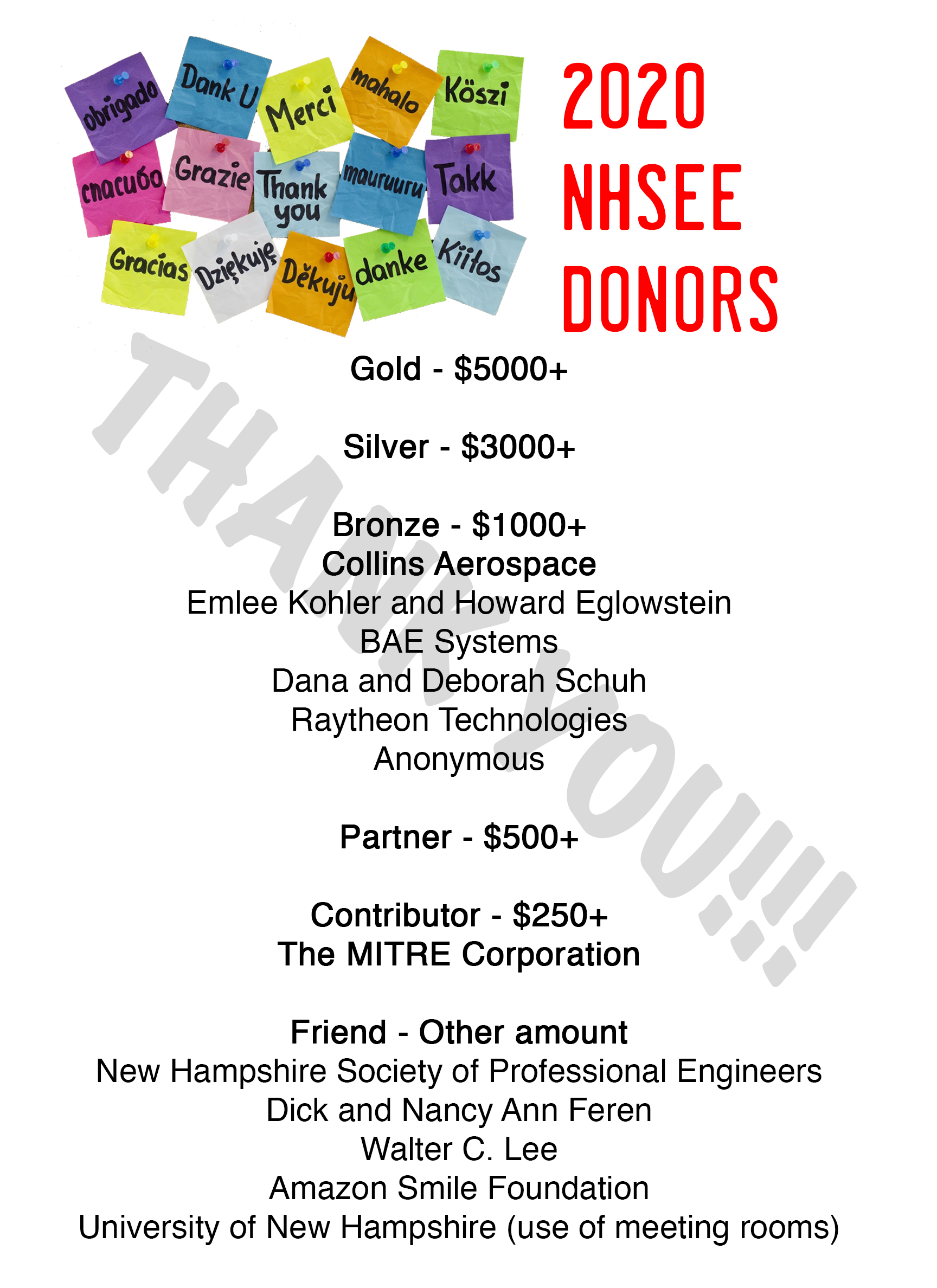Mousetrap Car Event
Objective:
To build a car powered by the spring of a single mouse trap (NOT a rat-trap.). The car is to start from rest, be released, start to move under its own power, and go as far as it can.
Purpose:
To encourage research and development in an attempt to build a car that will travel the greatest horizontal distance powered by the spring of a single mousetrap.
Description:
This event gives students a chance to behave as real world scientists and engineers do when faced with a problem that has to be solved. They will essentially follow scientific process when seeking the answer to the question of how to build a mousetrap-powered car that goes as far as possible. By the time they come to the Expo, they will have learned through trial and error how to best reach the objective. This advanced preparation will be demonstrated at the competition when the students present their best efforts.
Rules:
1. Students may compete as individuals or as part of a team with a maximum of three students per team.
2. Each team will designate one and only one student to release the car.
3. To qualify for competition, each mousetrap car must meet the following structural specifications.
a. The vehicle must include the wooden base of the trap, intact, and not cut up in any way. The only exception to this rule is that holes may be drilled to insert fastening devices. These fastening devices must completely fill the holes. Holes may not be drilled or notches cut for use as wheel wells or pathways for energy transmission.
b. The car body may be simply the base of the mousetrap, or it may be a “stock” car that has been modified, or it may be built from scratch from any available materials. There are no size or weight restrictions on the car.
c. All of the metal parts of the original mousetrap must be incorporated into the car. (Replacement parts from an identical trap could be used if the original parts are lost or broken.)
d. Any of the metal parts, including the spring, may be bent or cut. All pieces cut from the metal parts must be used, even if it is only as a decoration and has nothing to do with the actual functioning of the car.
e. All of the vehicle’s energy must come from the spring of a single mousetrap. (NOTE: Rat traps are NOT allowed. They are too dangerous.)
f. Parts added to the car (such as wood, wheels, wire, etc.) must not provide any additional energy source beyond the single mousetrap spring.
g. The pieces of the trap may be disassembled and reassembled in any way to make the car work better.
4. The vehicle must function basically like a car. It must start from rest and roll on wheels with energy being transmitted from the spring to the drive wheels or to the drive axle by string, wire, etc.
5. The car cannot be pushed to start, and must be capable of going at least 3 meters along a horizontal surface, which will be a hard floor such as concrete or tile.
Notebook information.
1. Each person is required to keep his/her own notebook. The notebooks are for the students to enter their ideas, research information and sources, experimentation procedures and data, graphs, analyses, and conclusions. All entries must be dated. Once an entry is made, it is not destroyed. An incorrect entry will be crossed out with a single line, and followed by a corrected entry (or followed by a note telling where to find the corrected entry).
2. At the end of the project, details from the notebooks will be used to make a display poster. If it is a team project, then details from each of their notebooks will be combined to make a single display poster. All of the notebooks are required to be at the display. Photos of some pages of the notebook(s) will be required for the virtual presentation.
Display information
1. Each team is to provide a project display that must be within the following maximum sizes:
a. Depth (front to back): 30 inches or 76 centimeters
b. Width (side to side): 48 inches or 122 centimeters.
c. Height (floor to top): 108 inches or 274 centimeters.
2. The project display should follow these guidelines:
a. Display is within size limitations
b. Title and objective at the top;
c. Display is neat, organized & appealing;
d. Should use proper spelling and grammar.
e. Reasonable prediction of how well they would do
f. Should mention other approaches that could have been used, and/or other areas that could have been investigated.
Competition:
1. Students will show by photos or videos that their car is properly constructed and qualifies.
2. Once qualified, the cars will be tested by their builders.
3. Cars will be set at the starting line, and then released. The car is simply to be released and not pushed. The front of the car should be matched with the starting line, and the total distance traveled will be determined by the front of the car.
4. Each car may be allowed to run three times to determine its best performance.
Scoring of the Competition:
The maximum score for this portion of the event is 70 points. The points your car earns is determined by how far it travcels in comparison with other cars. Provide a video showing the car in motion for at least part of its run, and a photo showing the car with the final distance reached.
Car Score = [(Distance traveled) / (Winning distance traveled)] X 70
= [( ______ ) / ( ________ )] X 70 = ________
Scoring of Lab Notebook, Poster Board and Interview:
The maximum score is 30 points and considers the following:
1. Display is within size limitations
2. The poster shows Title and Objective at the top.
3. The display was neat, organized, and appealing.
4. Use of proper spelling and grammar.
5. The team made a compelling case for their prediction of how well they would do.
6. The team was able to point out any newly discovered flaws in their original plan and to offer suggestions on how these flaws might be overcome.
7. Notebook(s) can be present
Overall Scoring of the Event: (100 points)
Competition Score + Display and Interview Score
= ( ) + ( ) = ____________ points




